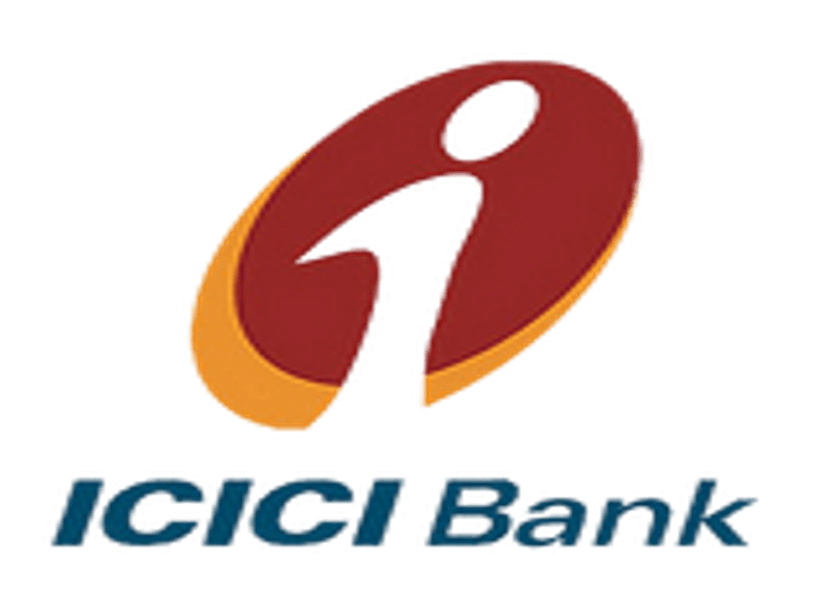ICICI Bank Rolls Out UPI Transaction Fees for Payment Aggregators
In a move likely to shift the dynamics of India’s rapidly growing digital payments ecosystem, ICICI Bank has announced that it will begin charging payment aggregators (PAs) such as Google Pay, PhonePe, Mobikwik, and Razorpay for processing Unified Payments Interface (UPI) transactions. The new fee structure came into effect on August 1, 2025, and introduces a tiered pricing model based on whether a PA holds an escrow account with the bank.
Fee Structure Based on Escrow Account Presence
Payment aggregators function as intermediaries between banks and merchants, managing the flow of funds during digital transactions. According to ICICI Bank’s latest communication to PAs, those maintaining an escrow account with the bank will be charged 2 basis points per transaction, capped at ₹6. In contrast, PAs that do not hold such an account at ICICI Bank will pay 4 basis points per transaction, with a maximum cap of ₹10.
No charges will be levied on transactions where UPI payments are directly settled into a merchant’s ICICI Bank account. This provision offers an incentive for businesses to operate within ICICI’s banking ecosystem, allowing the bank to hold and potentially earn on interim settlement funds.
Industry-Wide Context and Growing Trend
ICICI Bank’s move is not unprecedented. Other private sector banks, including Yes Bank and Axis Bank, already impose similar charges on PAs for UPI transactions. These three institutions collectively process a significant portion of India’s UPI volumes and are at the forefront of managing the growing operational load of real-time digital payments.
Experts believe that the decision aligns with ongoing regulatory conversations about the sustainability and monetisation of UPI infrastructure. UPI transactions do not currently attract a Merchant Discount Rate (MDR), which limits direct earnings for banks. Yet, the infrastructure costs related to maintaining, securing, and scaling UPI systems continue to rise—particularly due to the surge in peer-to-merchant payments.
Impact on Merchants and Digital Platforms
While customers using UPI for everyday payments will not face direct charges, the new fees may affect merchants indirectly. Payment aggregators typically cover their operational expenses through platform or convenience fees imposed on merchants. With ICICI’s charges now in play, PAs may either absorb the added cost or revise their fee structures to pass on the burden.
Industry insiders suggest that the pricing strategy adopted by each aggregator will depend on pre-existing contracts with merchants, overall transaction volumes, and margin flexibility. For small merchants operating on thin profit margins, any increase in digital payment costs could influence payment preferences or prompt renegotiation of terms.
Escrow Accounts and Fund Settlement
In most UPI-based merchant transactions, the funds first pass through an escrow account managed by the PA before being transferred to the merchant’s bank. This system ensures a secure and reliable settlement process. However, with the new charges targeting this intermediary phase, PAs could face higher operational costs, particularly if they do not use ICICI Bank for escrow management.
By exempting transactions that directly credit merchant accounts within ICICI Bank, the institution is also creating a competitive advantage for itself—potentially attracting more businesses to switch their banking operations to ICICI.
Looking Ahead: A Monetisation Blueprint?
The Reserve Bank of India (RBI) and the National Payments Corporation of India (NPCI) have in recent months explored mechanisms to support the long-term viability of UPI. ICICI Bank’s fee implementation might serve as a blueprint for broader industry practices, signaling a gradual shift toward monetising digital payment infrastructure.
While customer-facing applications are likely to remain free for now, the changes point to a behind-the-scenes transformation of how digital payments are funded and maintained. The long-term effects on platform strategies, merchant onboarding, and competitive pricing in the fintech space will unfold in the coming months.








